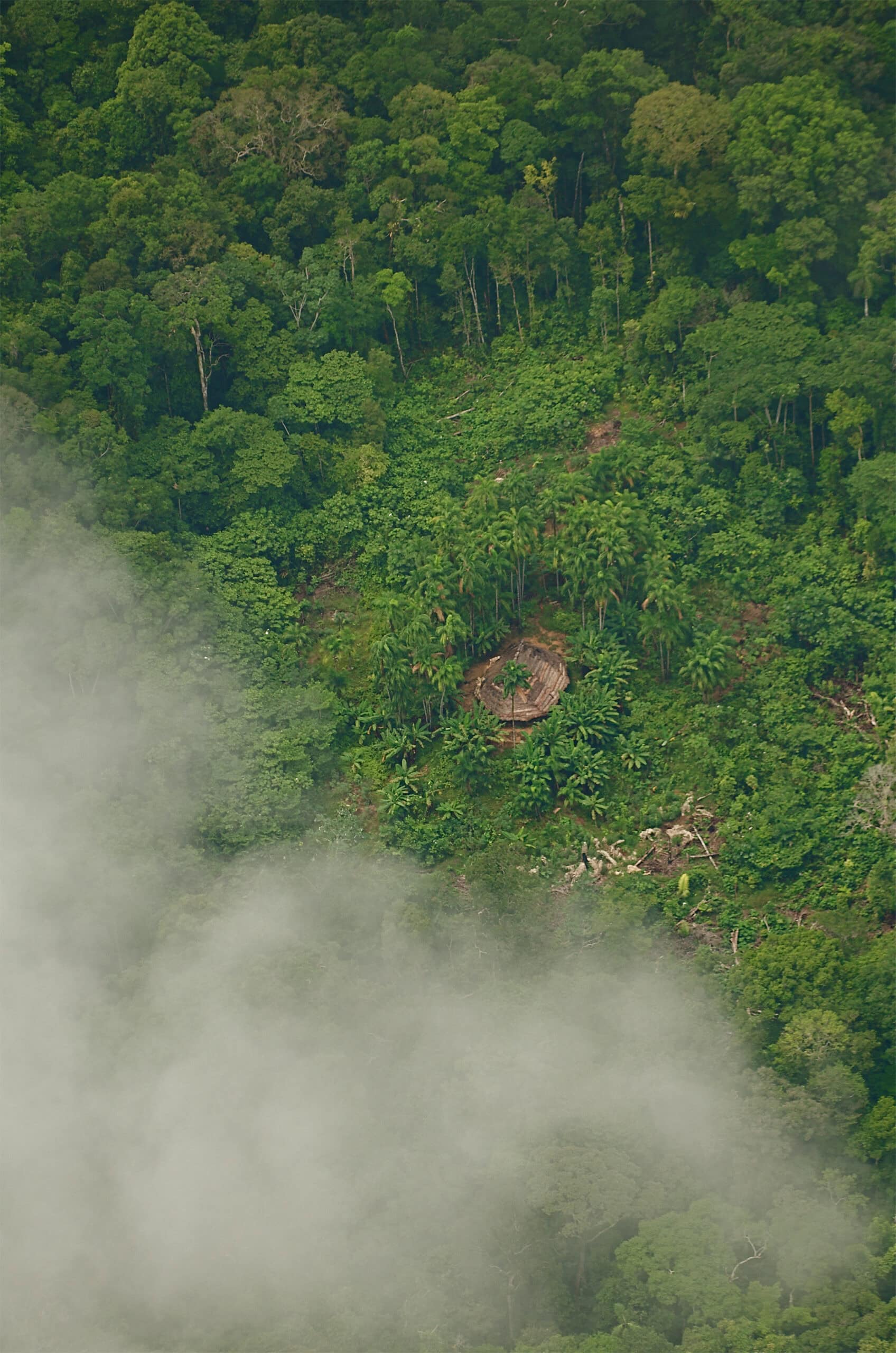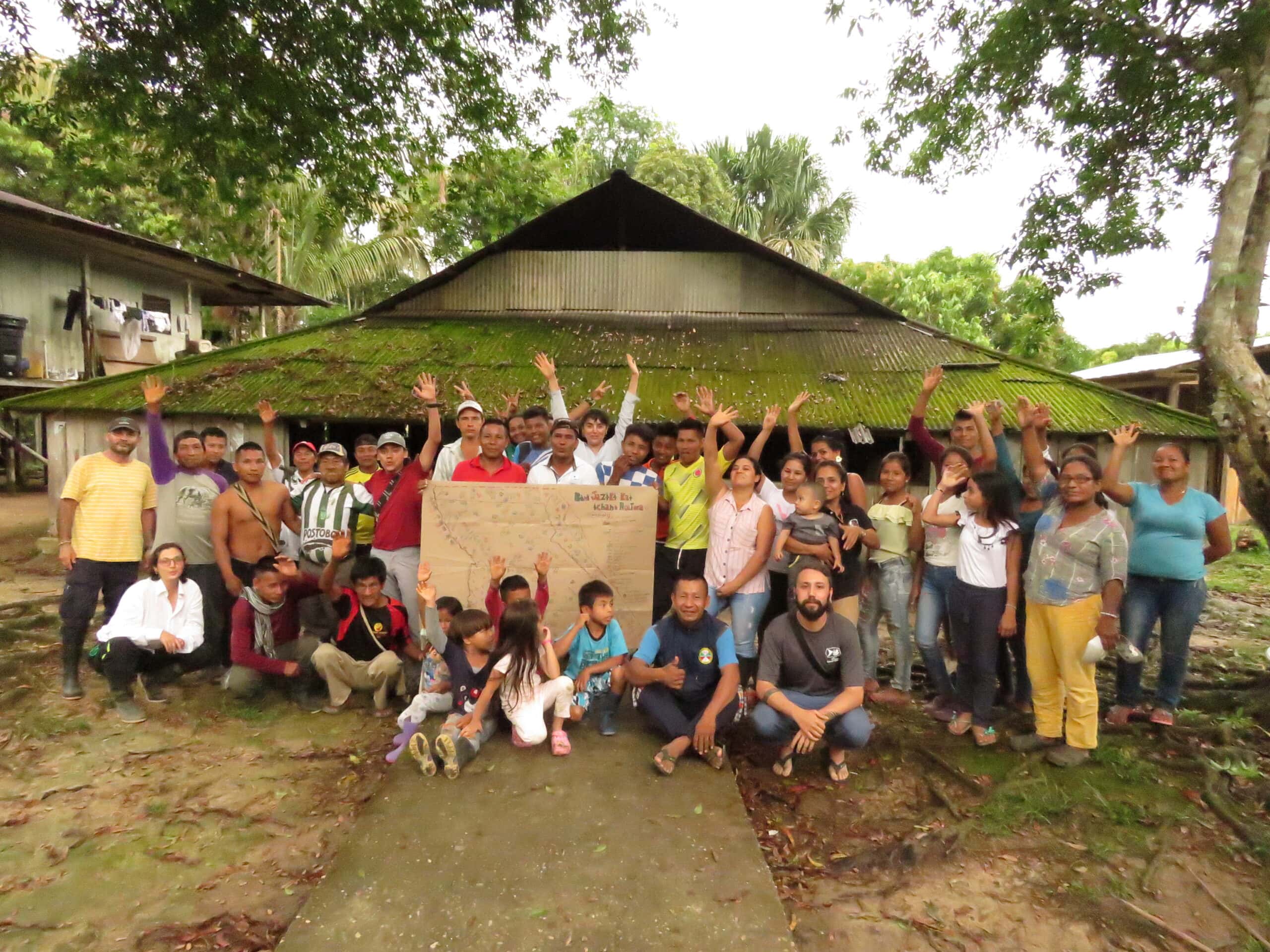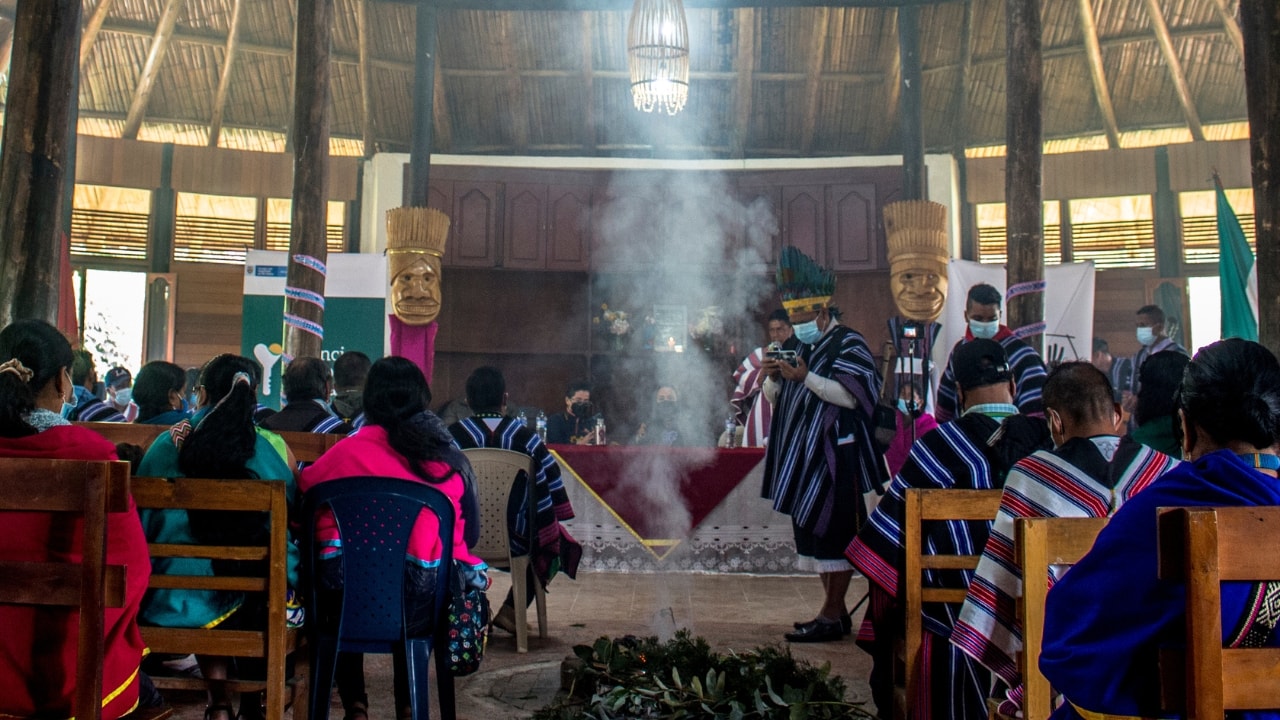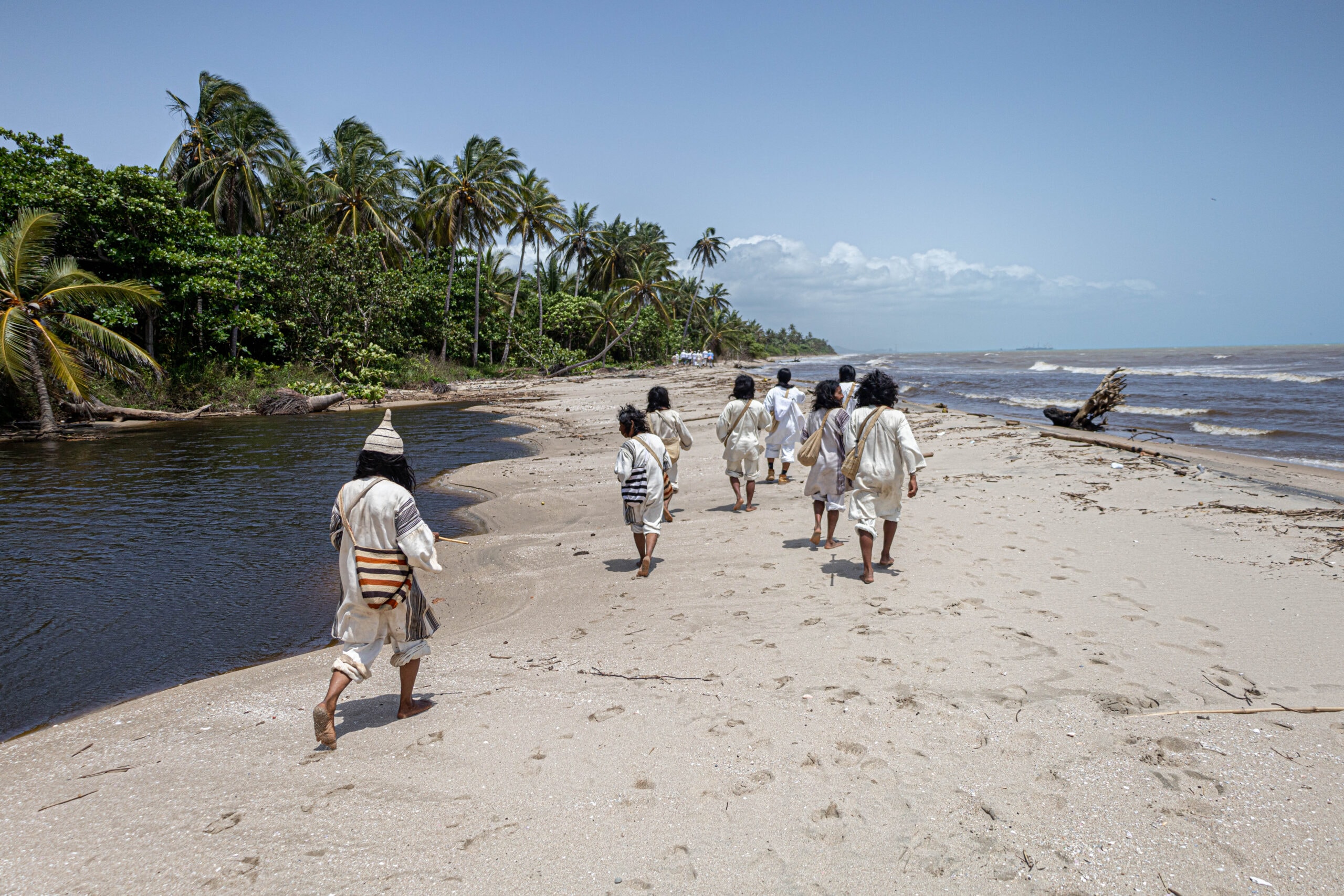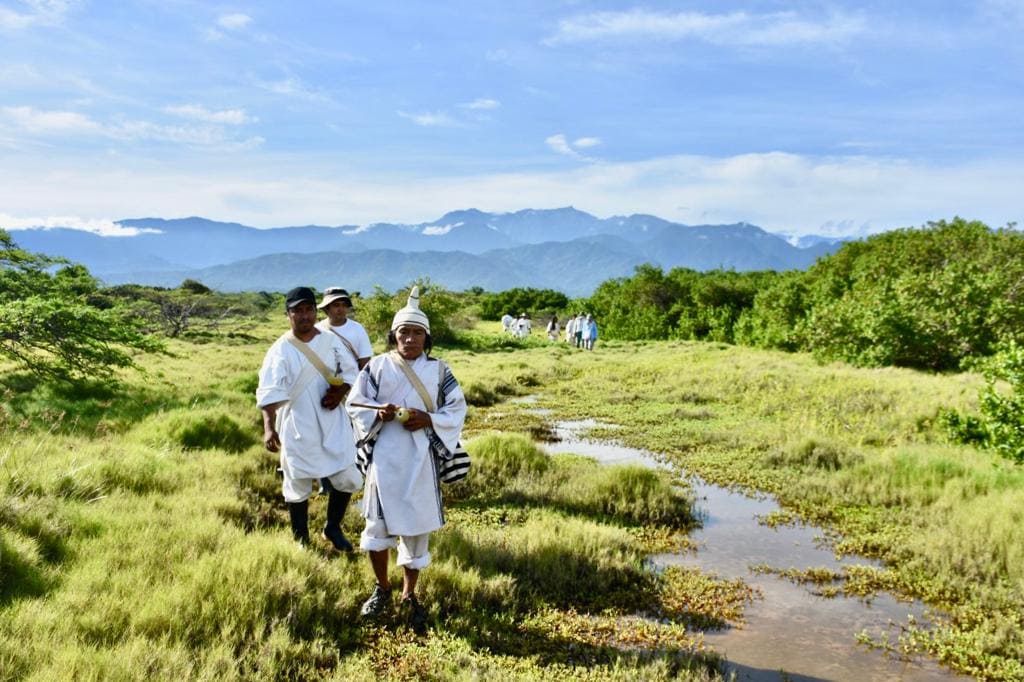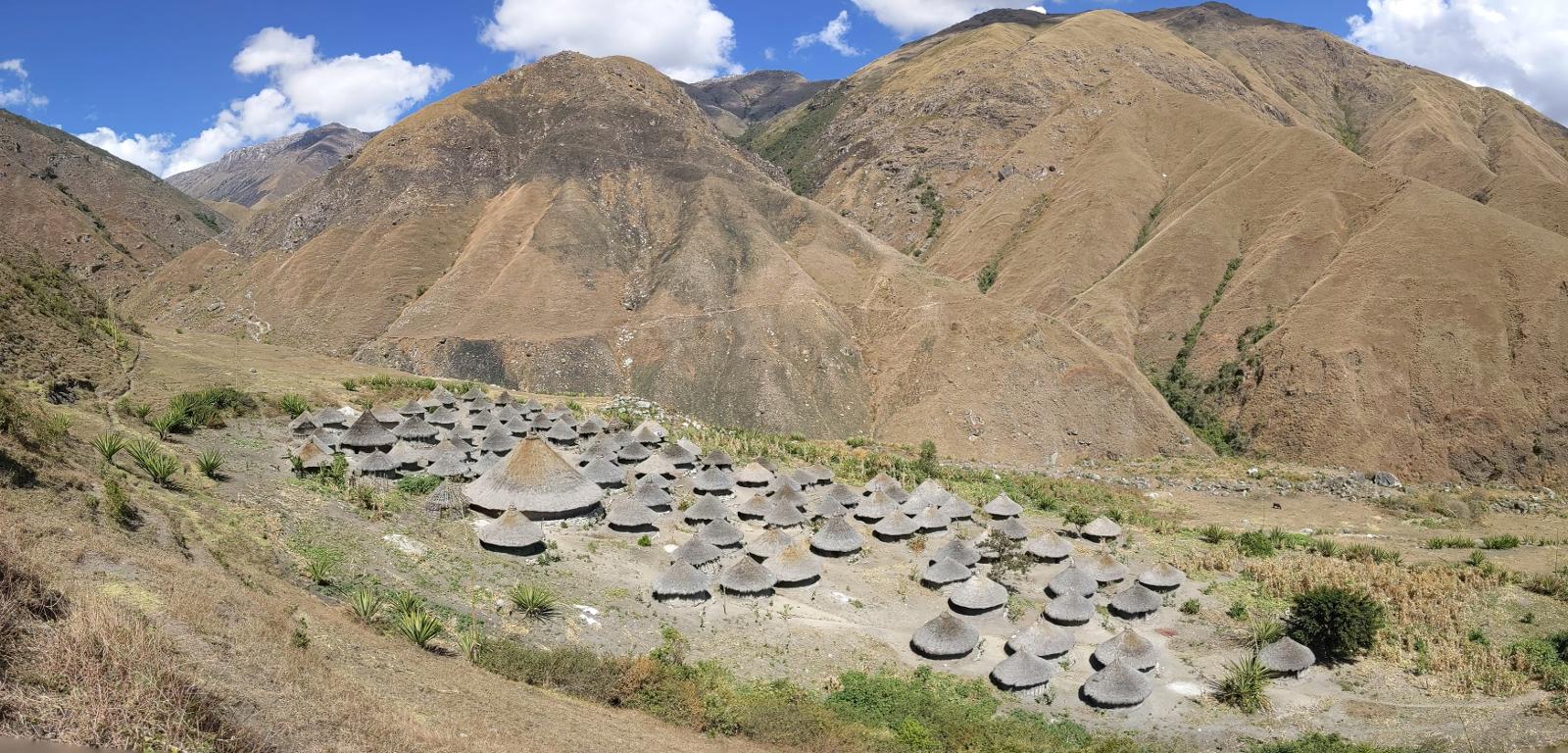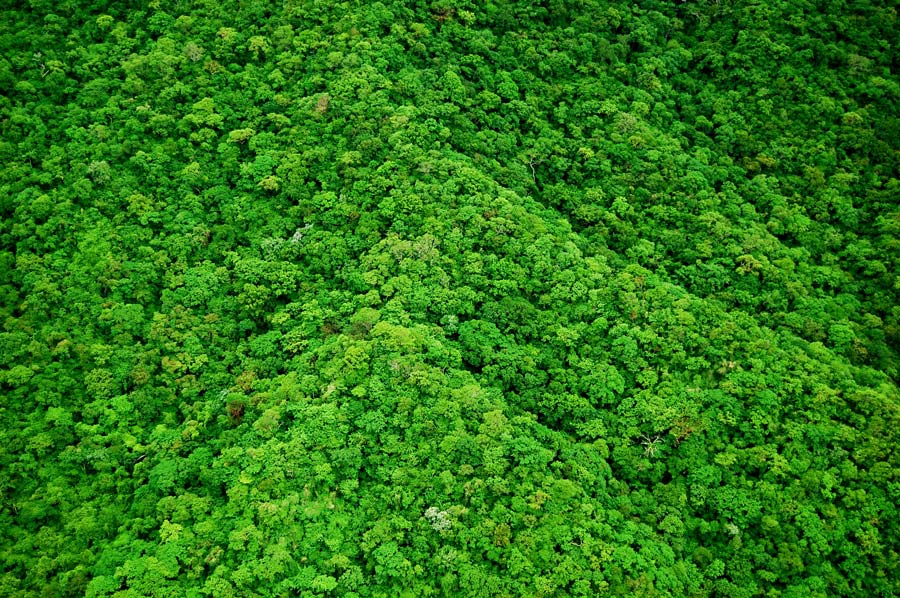Posts Tagged ‘land rights’
Colombia Makes History: Legal Protection for Indigenous Peoples in Isolation
Colombia Makes History: Legal Protection for Isolated Indigenous peoples in Colombia In a groundbreaking move, the Colombian government has taken an unprecedented step to protect Indigenous Peoples Living in Isolation by defining their territory—with Indigenous allies, the Amazon Conservation Team (ACT), and a coalition of partner organizations playing central roles in fostering this historic resolution. Indigenous…
Read MoreConservation victory in Colombia’s deforestation hotspot
On the shores of the Caquetá River, among tall Amazonian palms and fast flowing waters brown with silt, are three indigenous reserves– Huitorá, Coropoyá and Jericó Consaya. These reserves are home to 138 families of the Murui Muina and Korebajʉ people, who have long assumed responsibility for caring for the life within their biodiverse territory.
Read MoreReclaiming the Sacred Sibundoy Valley: A Ten Generation Story
Real, enduring change requires a long-term commitment. The Inga and kamëntsá have resisted and persisted for more than 500 years to protect their culture and reclaim their forests and their most sacred place of origin. ACT will continue to stand alongside them.
Read MoreBiocultural restoration at Jaba Tañiwashkaka
Understand how the Kogui people reclaimed access to the sea and restored nature at a coastal sacred site through our new blog about Jaba Tañiwashkaka.
Read MoreColombian National Land Agency formalizes fourth expansion of the Kogui-Malayo-Arhuaco Indigenous Reserve
The KMA reserve is inhabited by three of the four peoples of the Sierra Nevada de Santa Marta: the Wiwa people (Malayo or Arzario), Kággaba (Kogui) and Ikᵾ (Arhuaco), with jurisdiction in the departments of Magdalena, Cesar and La Guajira. 3,575 indigenous families benefit from the 213 new hectares, which are allocated to cultural and environmental protection and recovery between the upper and lower areas of the Sierra Nevada de Santa Marta, increasing the area of the reserve to just over 407,839 hectares.
Read MoreStrengthening Indigenous Land Rights in Colombia
In Santa Marta, Colombia, earlier this year, preparations began for a series of expeditions into the Sierra Nevada de Santa Marta. More than a dozen teams—each composed of indigenous peoples and western professionals—prepared their gear for weeks-long trips into the remote mountains.
Read MoreColombian Government Approves Decree for the Protection of Isolated Indigenous Groups
On July 17, 2018, the Colombian government approved a landmark national public policy for the protection of isolated indigenous groups. The policy was developed in a collaboration led by the Colombian Ministry of the Interior with the participation of governmental entities and local and regional indigenous organizations, supported by technical and legal assistance from the nonprofit Amazon Conservation Team (ACT). his groundbreaking national public policy was the first in the Amazon region directly led by the grassroots efforts of neighboring indigenous communities and indigenous organizations undergoing a process of free prior informed consent according to international regulations, thus resulting in an unprecedented integration of traditional spiritual worldviews in modern environmental protection strategies.
Read More

